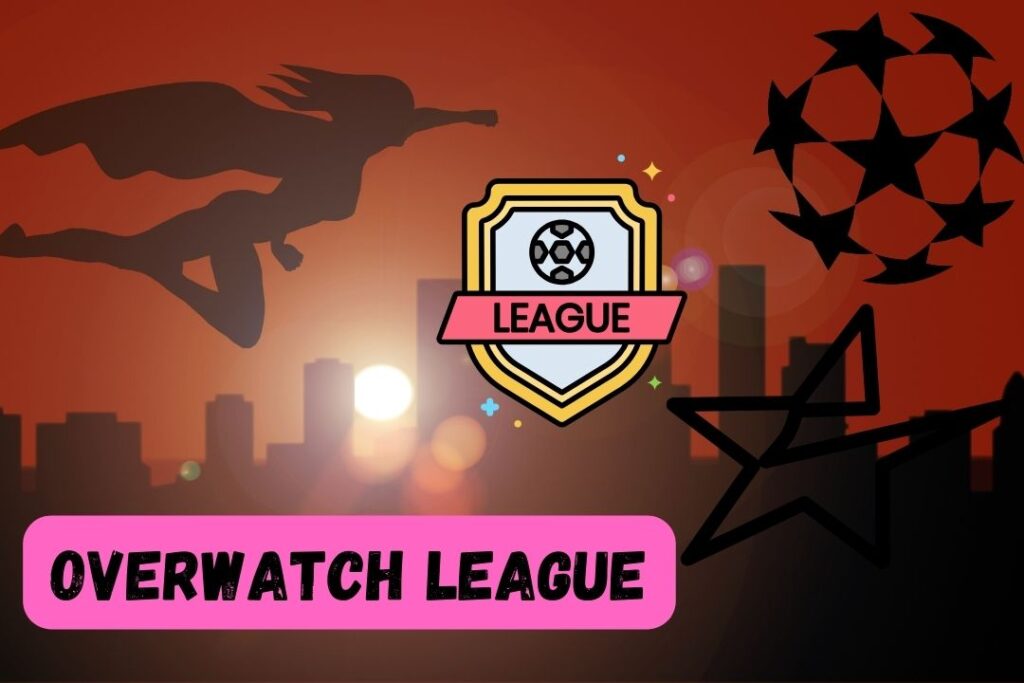Overwatch game when it was introduced first time it took the world by storm. When it was announced that Blizzard was starting the Overwatch League, fans were thrilled. It was pitched as the NFL for esports, a global league that would celebrate and reward players on a level never seen before. However, as time went on, the league started to lose its personality and became bland.
Introduction Overwatch League
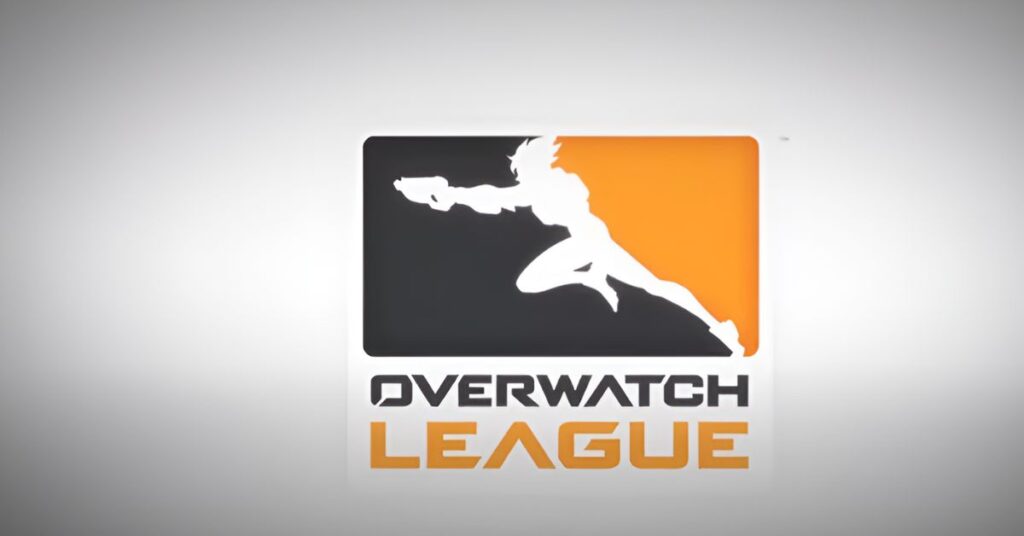
The game itself faced balance issues, and the meta became repetitive. Additionally, controversies surrounding the league’s management and a shift to YouTube for broadcasts further hindered its success. Ultimately, the Overwatch League’s ambitious vision failed to materialize, and the league met its demise. Let’s take a closer look at the rise and fall of the Overwatch League.
The Rise of Overwatch
Overwatch was released on May 24th, 2016, and it quickly gained a passionate fan base. The game offered a unique blend of MOBA-style hero shooter gameplay that resonated with players worldwide. With more than 7 million players joining the fight and over 190 million hours played, Overwatch became a sensation. Its smooth and dynamic gameplay, along with its diverse cast of heroes, captivated gamers. The excitement surrounding Overwatch extended beyond casual play, as the game was designed with esports in mind.
The Birth of the Overwatch League
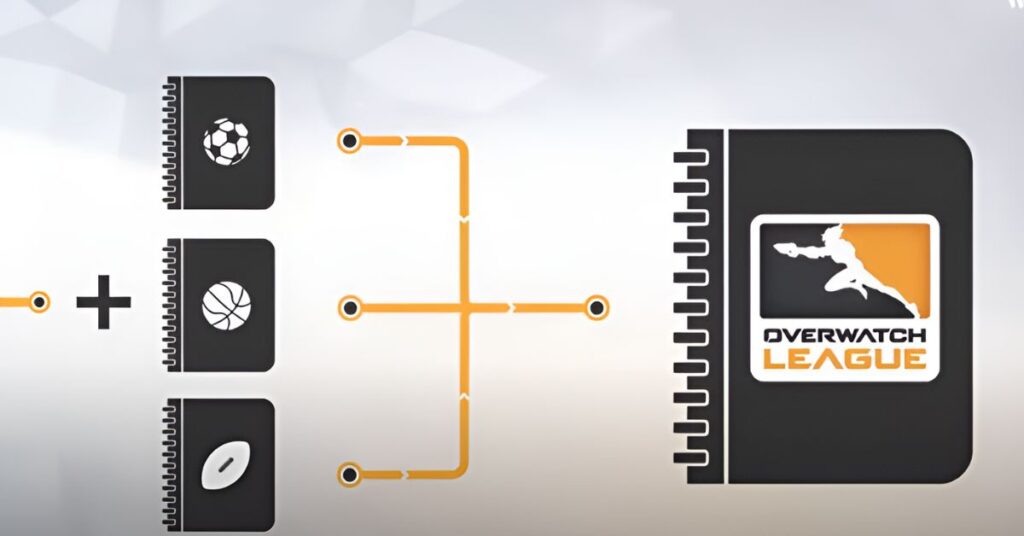
Recognizing the potential of Overwatch as an esports title, Blizzard set out to create the Overwatch League. The vision was to establish a global league with city-based teams, regular schedules, professional contracts, and minimum salaries for players. The announcement of the Overwatch League brought with it high expectations. Investors saw the opportunity and poured in money, and players saw new opportunities and pursued their dreams of esports glory.
A New Era of Esports
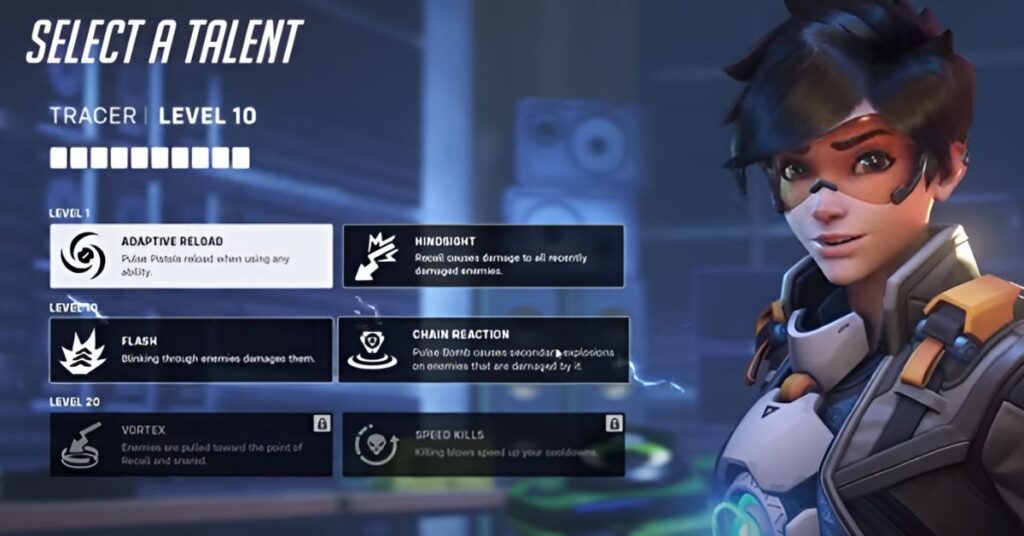
The Overwatch League’s inaugural season kicked off with a bang. The energy and excitement surrounding the league were unmatched. The city-based model, with home and away games, promised to revolutionize esports. Fans flocked to the league, eager to witness the matches and cheer for their favorite teams. The Overwatch League had the potential to become the premier esports league, akin to the NFL or Premier League.
Challenges and Setbacks
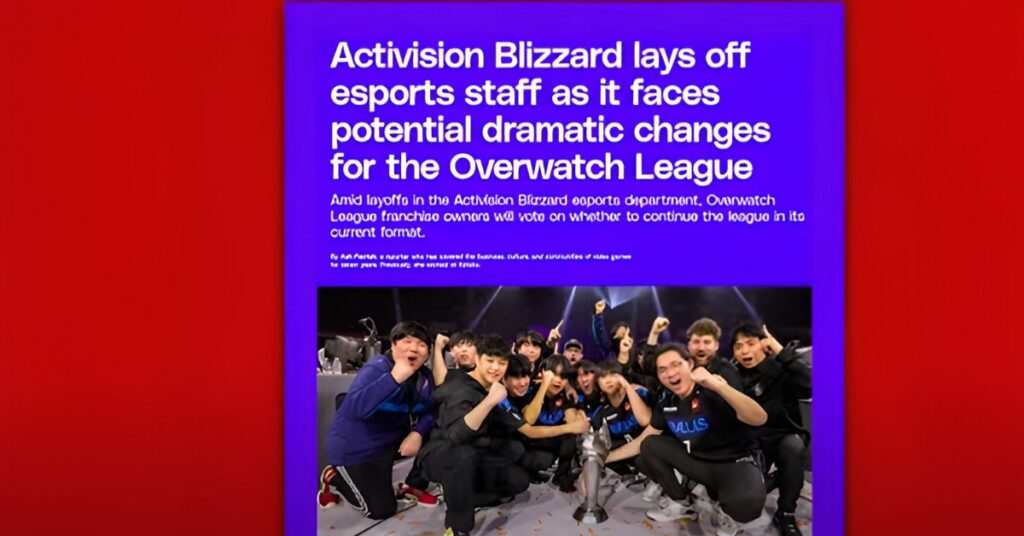
However, the road to success was not without obstacles. Logistical nightmares, including venue preparations and visa issues, posed challenges for the league. Despite these difficulties, the Overwatch League continued to grow and gain momentum. Regional competitions like Apex Korea showcased the game’s potential as an esport, further fueling the excitement surrounding the league.
The Overwatch League’s Struggles
As the Overwatch League entered its second season, it began to face significant challenges. The introduction of the “Goats” meta and the lack of balance and variety in gameplay led to a decline in viewership. Fans grew tired of watching the same heroes and strategies in every match. The league lost its personality and became increasingly bland. The once-hyped league started to lose its appeal.
The Goats Meta and Repetitive Gameplay
The dominance of the Goats meta, a composition featuring no DPS players, frustrated both players and viewers. Matches became monotonous, with teams playing it safe and sticking to a single strategy. This lack of variety and excitement in gameplay contributed to the declining interest in the league. Fans wanted to see their favorite teams win, but they also wanted to be entertained.
A Changing Landscape

Amidst the struggles on the gameplay front, the Overwatch League faced internal challenges. Controversies surrounding a frat boy culture within Activision Blizzard, the parent company of Overwatch, tarnished the league’s reputation. The allegations of sexual harassment and inappropriate workplace behavior further eroded the league’s standing. Sponsors began pulling out, and the league’s move from Twitch to YouTube was met with backlash.
The Impact of External Factors
Just as the Overwatch League was grappling with its internal issues, external factors dealt another blow. The outbreak of the COVID-19 pandemic brought the league’s plans for city-based home games to a halt. The shift to online matches and the cancellation of events disrupted the league’s vision and caused financial strain. The pandemic exacerbated the existing challenges and hindered the league’s ability to recover.
The Demise of the Overwatch League
As the Overwatch League faced mounting challenges, the inevitable became clear. The league struggled to deliver on its ambitious promises, and its future looked bleak. The decision to cut ties with orgs, offer payouts, and allow teams to withdraw signaled the end of the Overwatch League as we knew it. Despite the disappointment, it’s important to remember the special moments and memories that the league created.
A Legacy of Failure
The Overwatch League will be remembered as an ambitious project that fell short of its potential. It aimed to create a professional ecosystem for players with job security and safety. However, it ultimately became an example of what not to do in esports. The league’s missteps and poor management decisions led to its downfall. It serves as a cautionary tale for the esports industry.
The Future of Overwatch Esports
While the Overwatch League may be gone, Overwatch as an esport will continue. The passionate community and dedicated fans remain despite the league’s demise. There is still potential for Overwatch esports to thrive in a more grassroots and genuine manner. The game itself has captured something special that sets it apart from other esports titles. The hope is that lessons learned from the Overwatch League will lead to a renaissance for Overwatch esports.
Conclusion
The rise and fall of the Overwatch League is a story of unrealized potential, unfulfilled promises, and unfortunate circumstances. The league started with a vision to revolutionize esports, but it struggled to maintain its identity and keep the game fresh. Internal controversies and external factors further hampered its success. However, the Overwatch community remains passionate, and the game itself still has a dedicated player base. While the Overwatch League may have failed, the spirit of Overwatch esports lives on.
FAQS on Overwatch League
What was the Overwatch League?
A global esports league featuring city-based teams, professional contracts, and salaries for players.
When did it start and end?
Started in 2018, ended in 2023.
Why did it shut down?
Multiple factors like declining viewership, repetitive gameplay, controversies, and the pandemic.
What made Overwatch popular in the first place?
Unique blend of MOBA-style hero shooter gameplay, diverse characters, and focus on esports.
What were the initial expectations for the League?
To be the premier esports league, rivalling traditional sports leagues.
What challenges did the League face in its early stages?
Logistical issues, visa problems, and the dominance of the “Goats” meta
Why did viewership decline?
Repetitive gameplay, lack of balance, and a perceived loss of personality.
What were the internal controversies surrounding the League?
Allegations of harassment and inappropriate behavior within Activision Blizzard.
How did external factors like the pandemic impact the League?
Forced online matches, cancelled events, and financial strain.
Is Overwatch still an esport?
Yes, although not under the official League format.
What does the future hold for Overwatch esports?
Potential for a more grassroots and community-driven scene, building on the lessons learned from the League.
What was the “Goats” meta?
A dominant team composition that made matches stale and uninteresting for viewers
Looking for More articles on Indoor Activities? Visit our Website www.indoorgem.com
